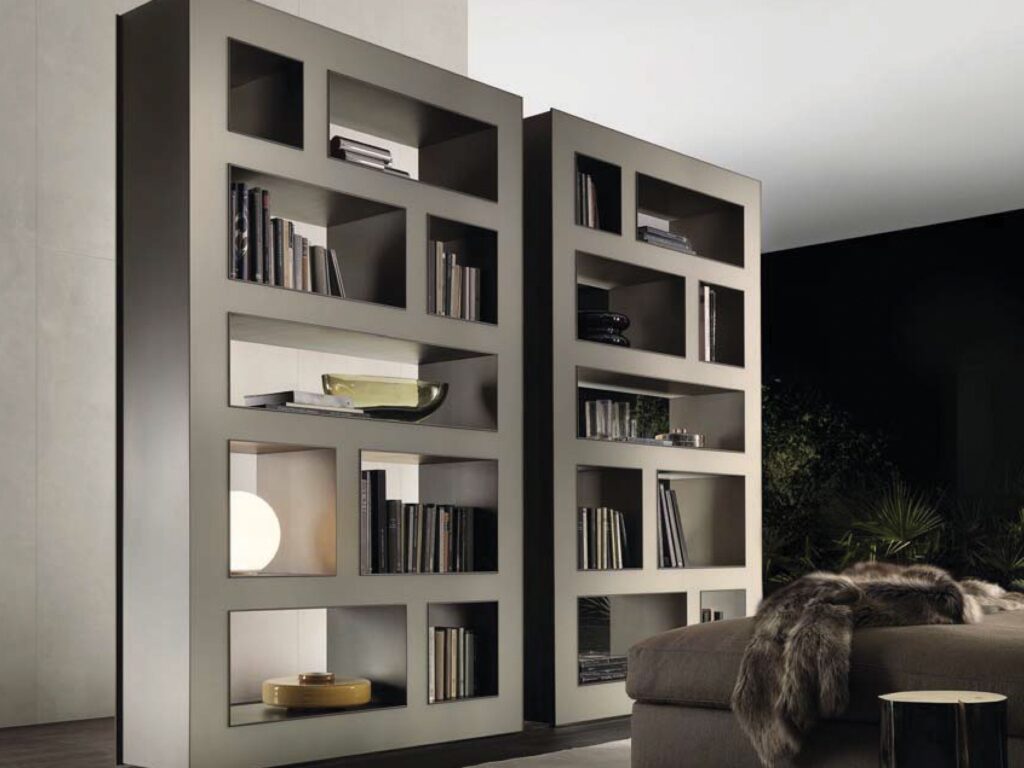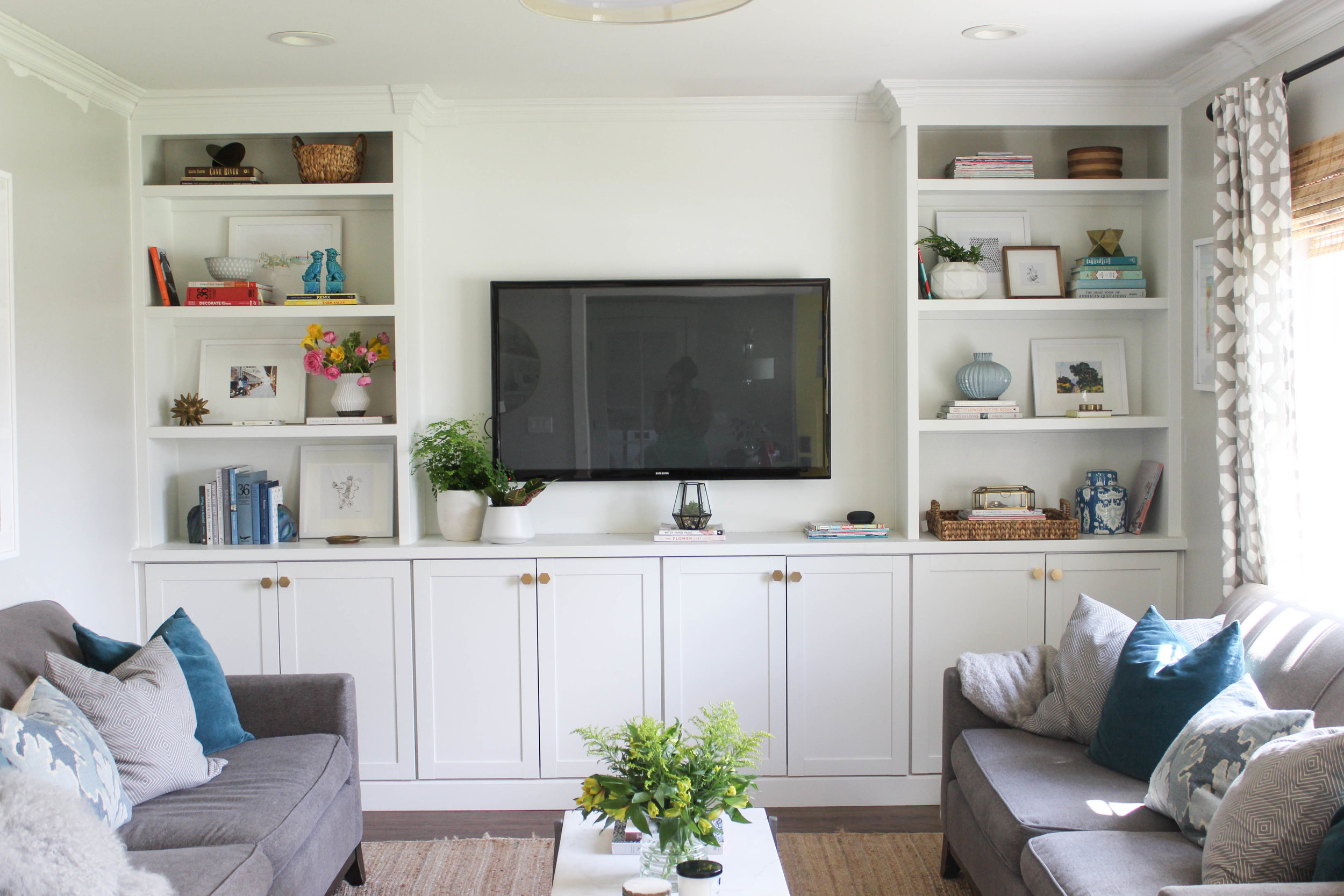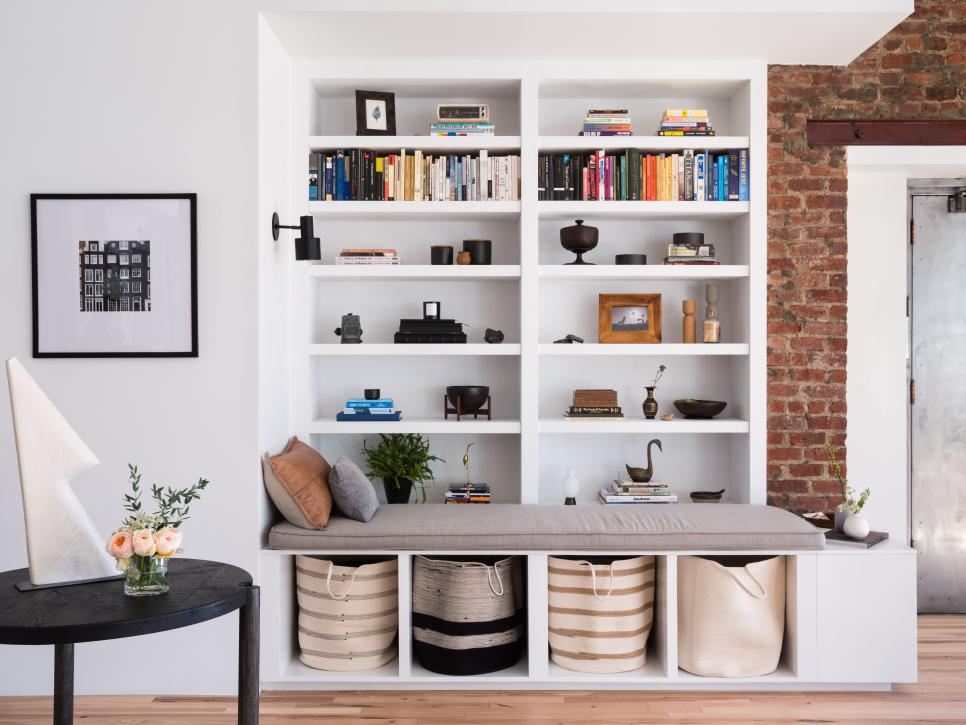Built-In Bookcases: The Ultimate Guide to Design, Installation, and Customization
Built-in bookcases offer a sophisticated and space-saving solution for storing books, displaying cherished items, and adding architectural interest to your home. Unlike freestanding units, built-ins are custom-designed and seamlessly integrated into your existing architecture, creating a cohesive and elegant look. This comprehensive guide explores everything you need to know about built-in bookcases, from initial design considerations to the final installation.
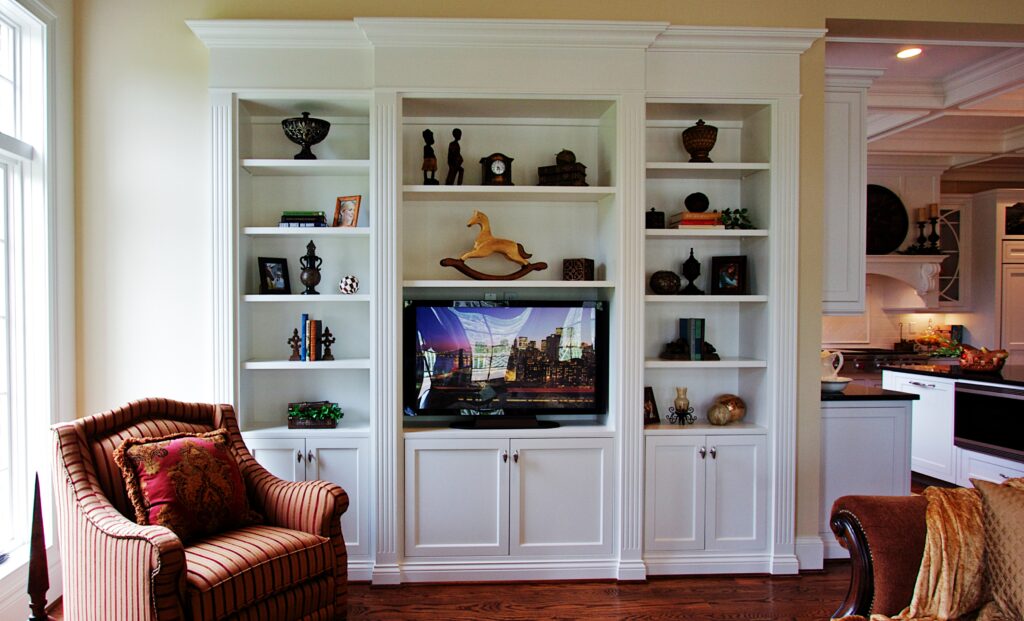
Planning Your Built-In Bookcases: Design Considerations
Before embarking on your built-in bookcase project, careful planning is crucial. Consider these key aspects:
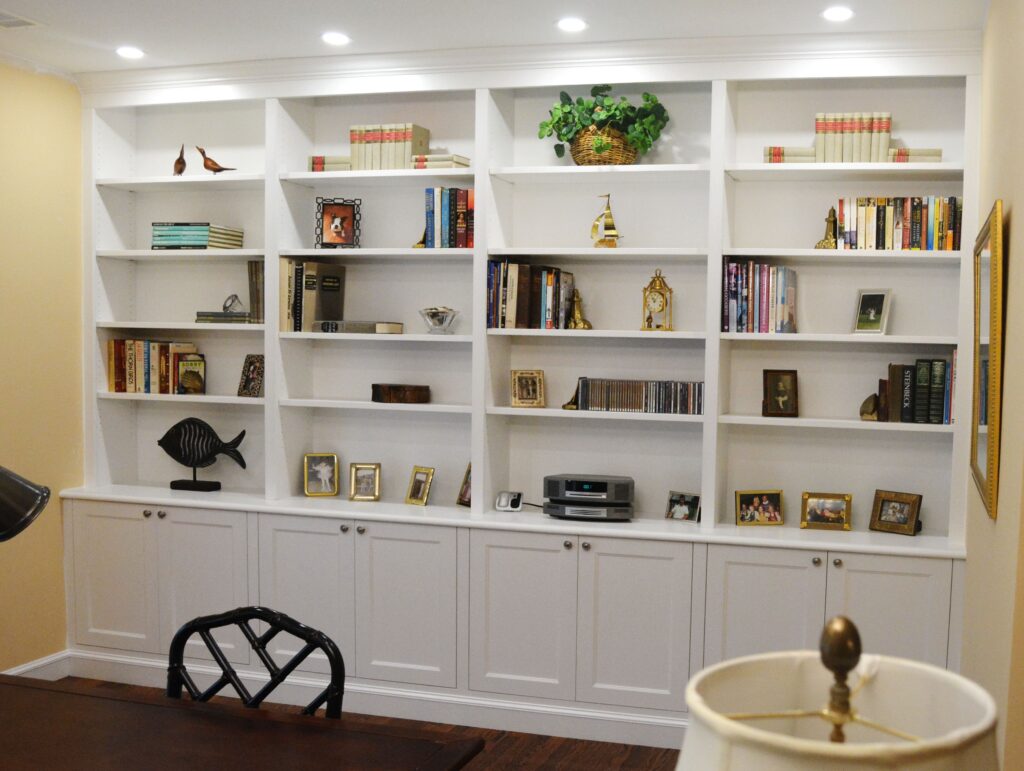
1. Space and Dimensions:
Precise measurements are paramount. Determine the available space, considering wall dimensions, door clearances, and existing features like electrical outlets or windows. Sketch a detailed layout, including the desired height, width, and depth of the bookcase. Think about how the bookcase will function within the room – will it be a focal point, or a more subtle addition?
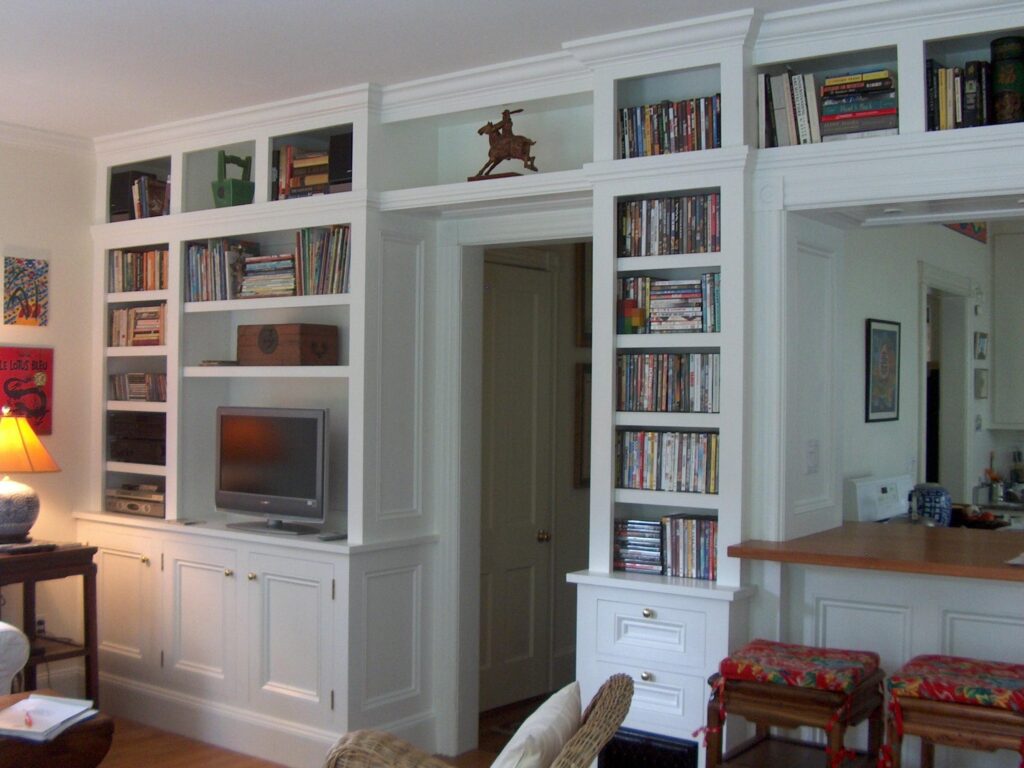
2. Style and Aesthetics:
Your built-in bookcases should complement your existing décor. Consider the overall style of your home (traditional, modern, minimalist, etc.) and choose a design that harmonizes seamlessly. Will they feature sleek, modern lines or ornate detailing? Material choices will significantly impact the aesthetic. Popular options include wood (various types and finishes), laminate, and even metal.
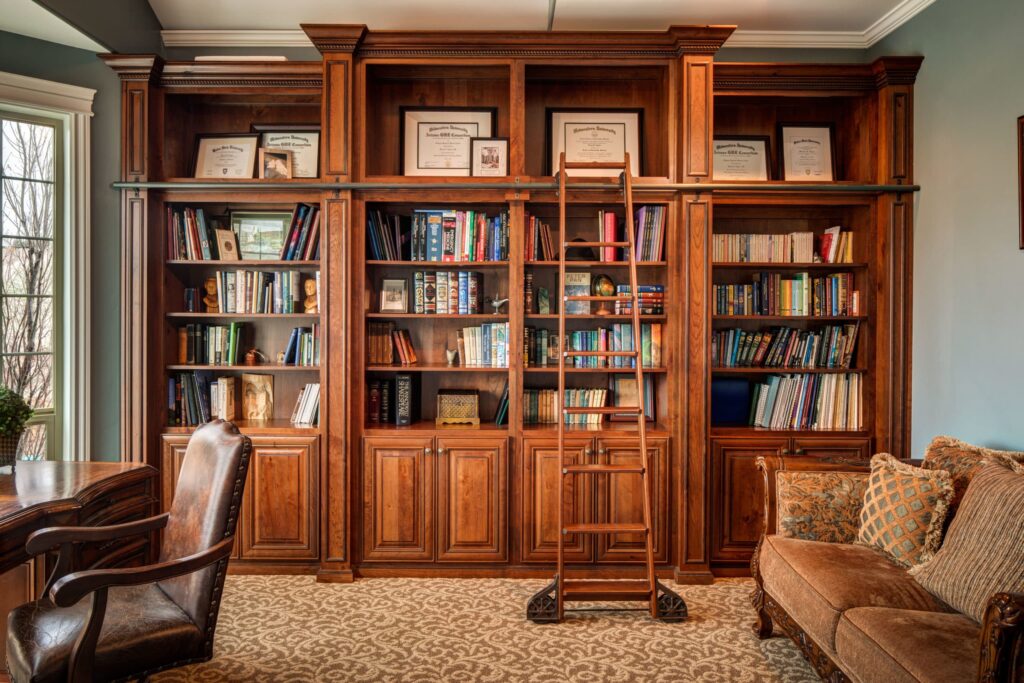
3. Functionality and Storage:
How will you use your built-in bookcases? Consider the types of items you’ll be storing – books, decorative objects, media, etc. Design the shelving accordingly. Varying shelf heights and widths will accommodate different sized items. Incorporate features like drawers, cabinets, or hidden compartments for extra storage and organization.
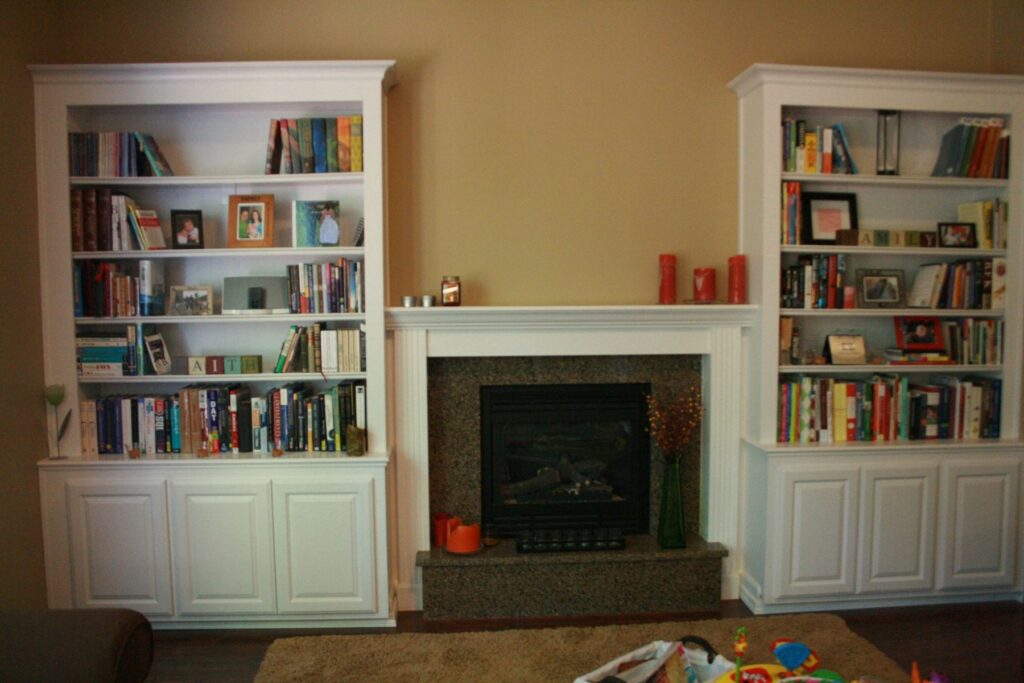
4. Material Selection:
The choice of material significantly affects the look, durability, and cost of your built-in bookcases. Wood offers warmth and versatility, but the type of wood (e.g., oak, maple, pine) impacts both appearance and price. Laminate provides a more budget-friendly option with a wide range of colors and finishes. Metal can create a modern, industrial look. Consider the longevity and maintenance required for each material.
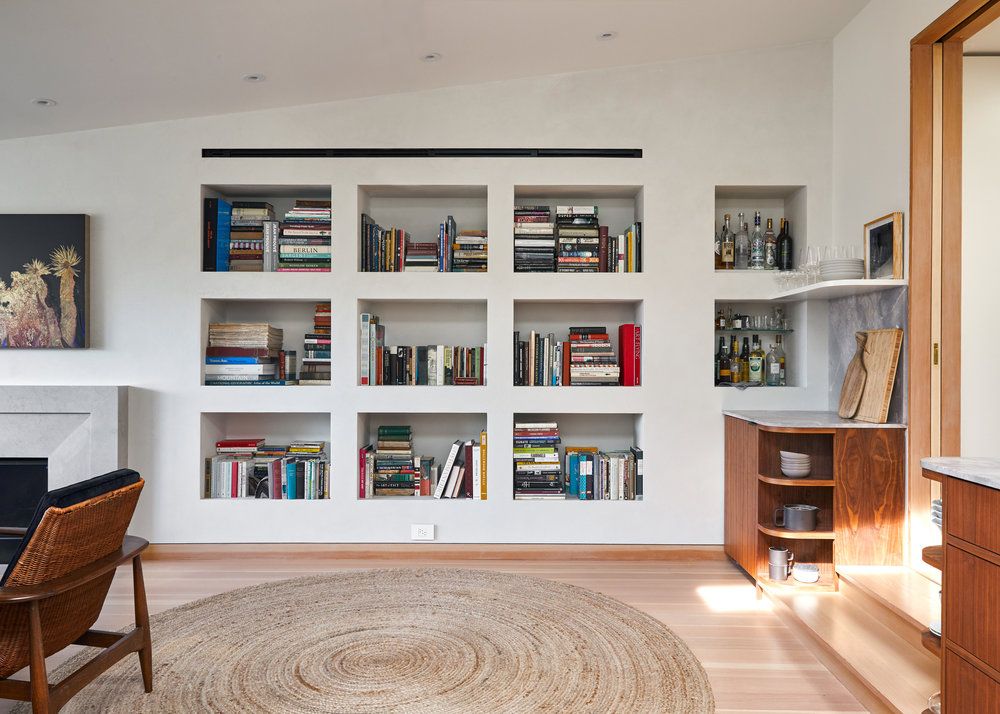
5. Lighting:
Integrated lighting can dramatically enhance the visual appeal and functionality of your built-in bookcases. Recessed lighting or LED strips can highlight books and decorative objects, creating a warm and inviting ambiance. Consider the placement of lights to avoid glare and ensure even illumination.
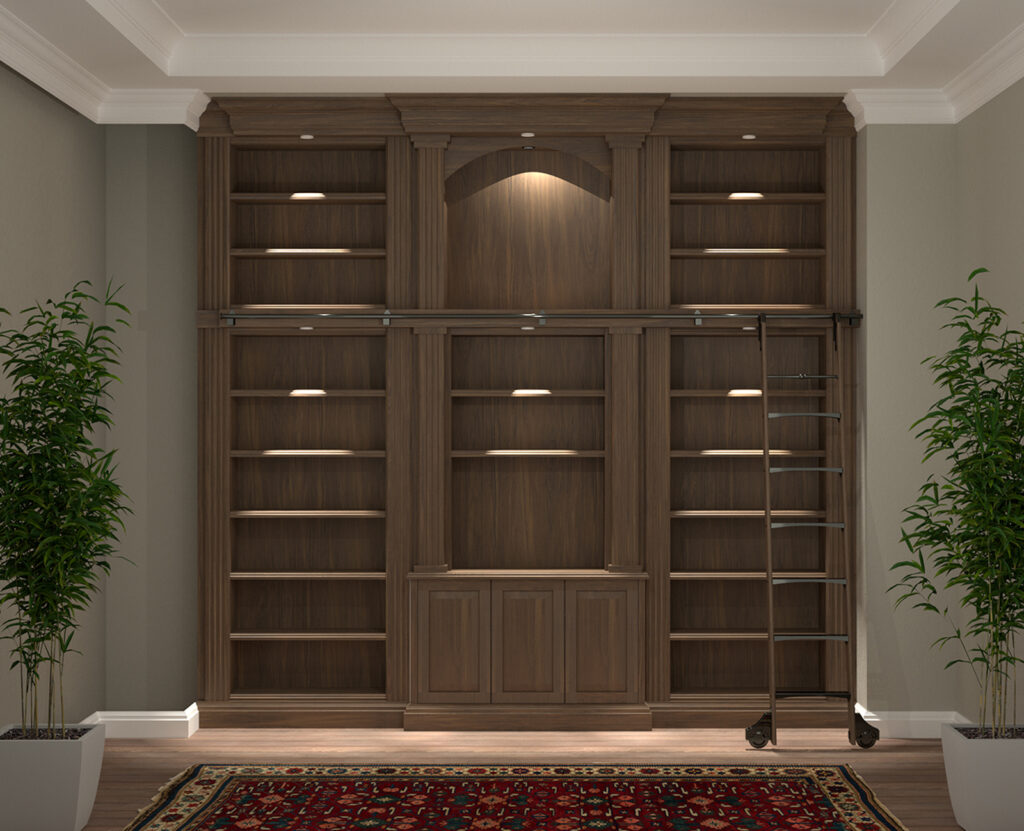
Installation of Built-In Bookcases: A Step-by-Step Guide
Installing built-in bookcases is a significant project best tackled by professionals unless you have substantial DIY experience. However, understanding the general process can be helpful.
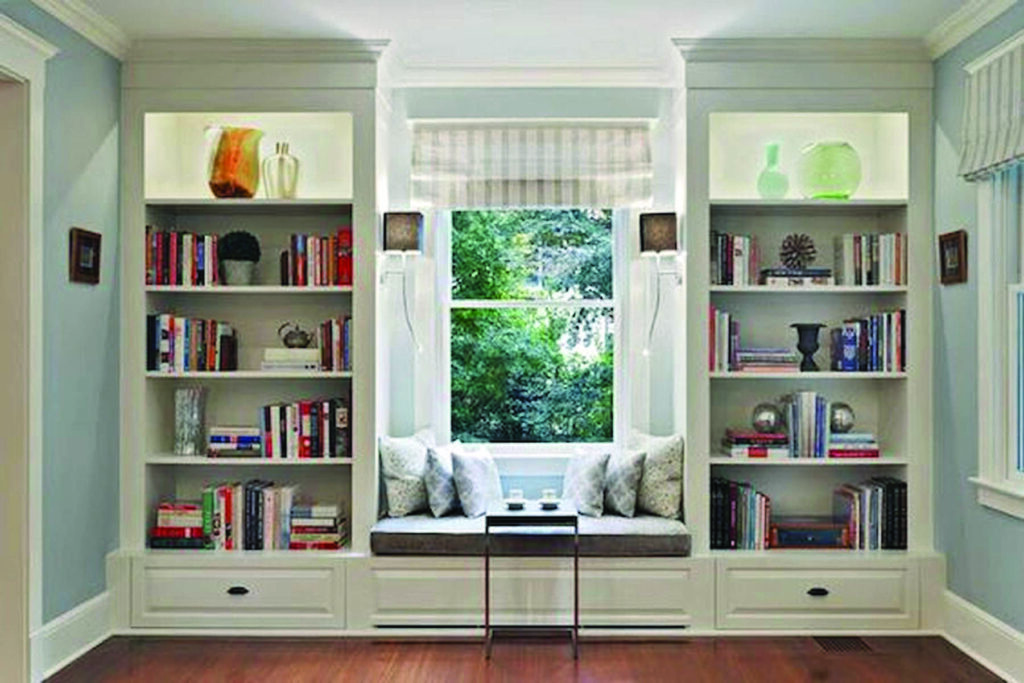
1. Preparation:
Clear the area, ensuring the wall is clean and free from obstacles. Protect the floor with drop cloths. Gather all necessary tools and materials, including measuring tools, saw, drill, screws, level, and safety equipment.
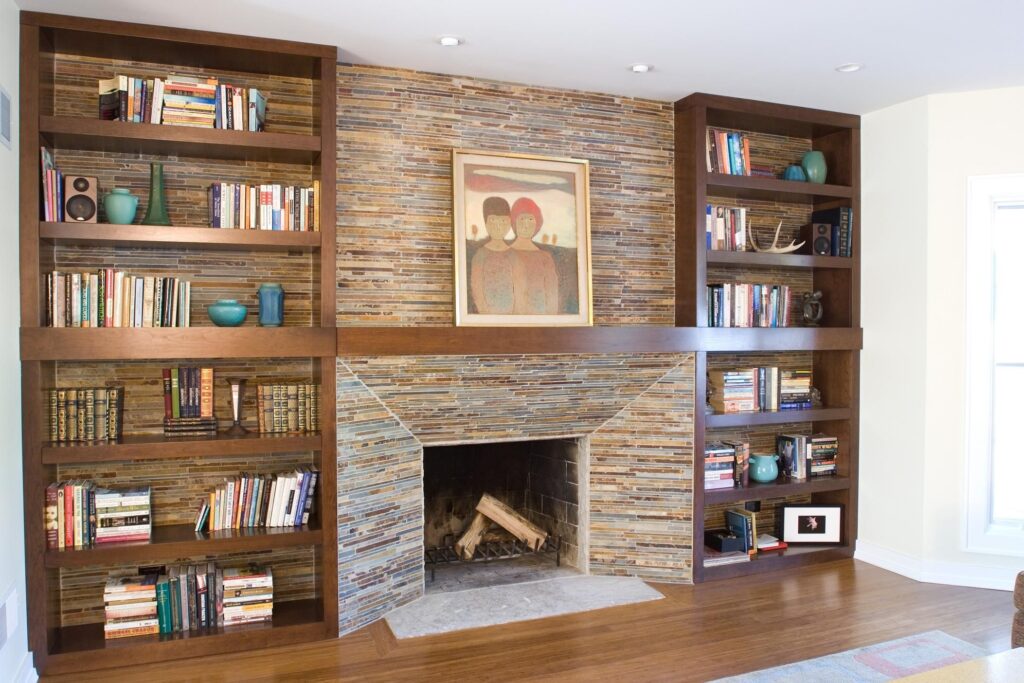
2. Framing:
Typically, a sturdy frame is constructed from wood studs or metal framing to provide support for the shelves. The frame should be securely attached to the wall studs for stability. Ensure the frame is perfectly level and plumb.
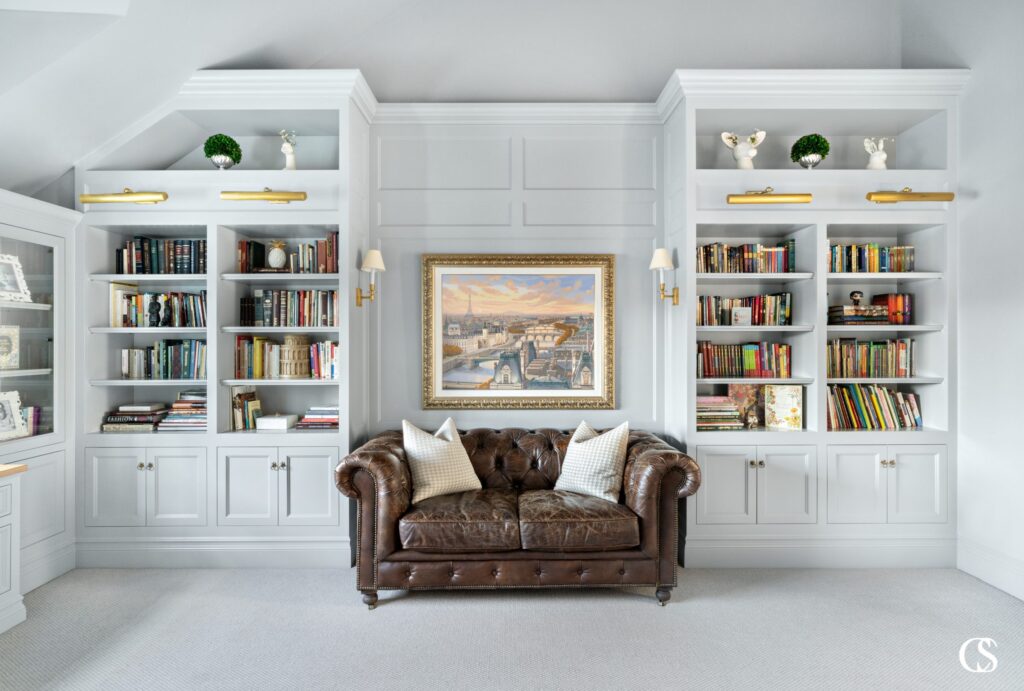
3. Sheathing:
Once the frame is in place, sheathing (usually plywood or similar material) is attached to create a solid base for the shelves and facing. This step provides a smooth, finished surface.
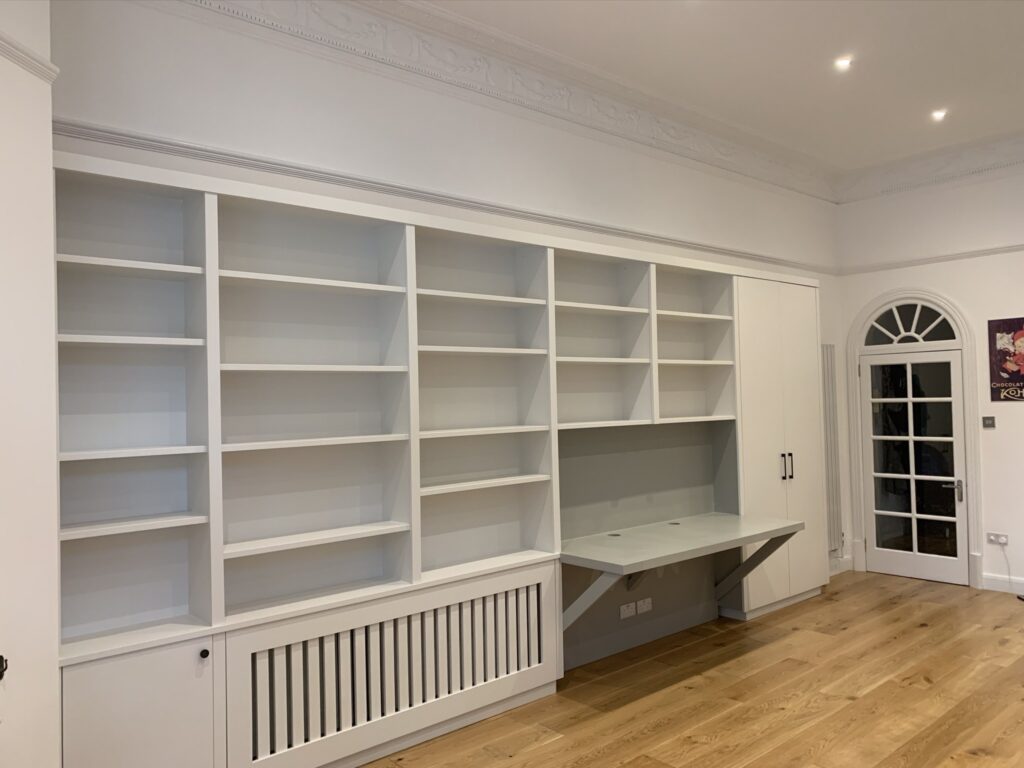
4. Shelving:
Shelves are cut to size and installed within the frame. Consider using adjustable shelving to maximize flexibility and accommodate different sized items. Ensure shelves are securely attached and level.
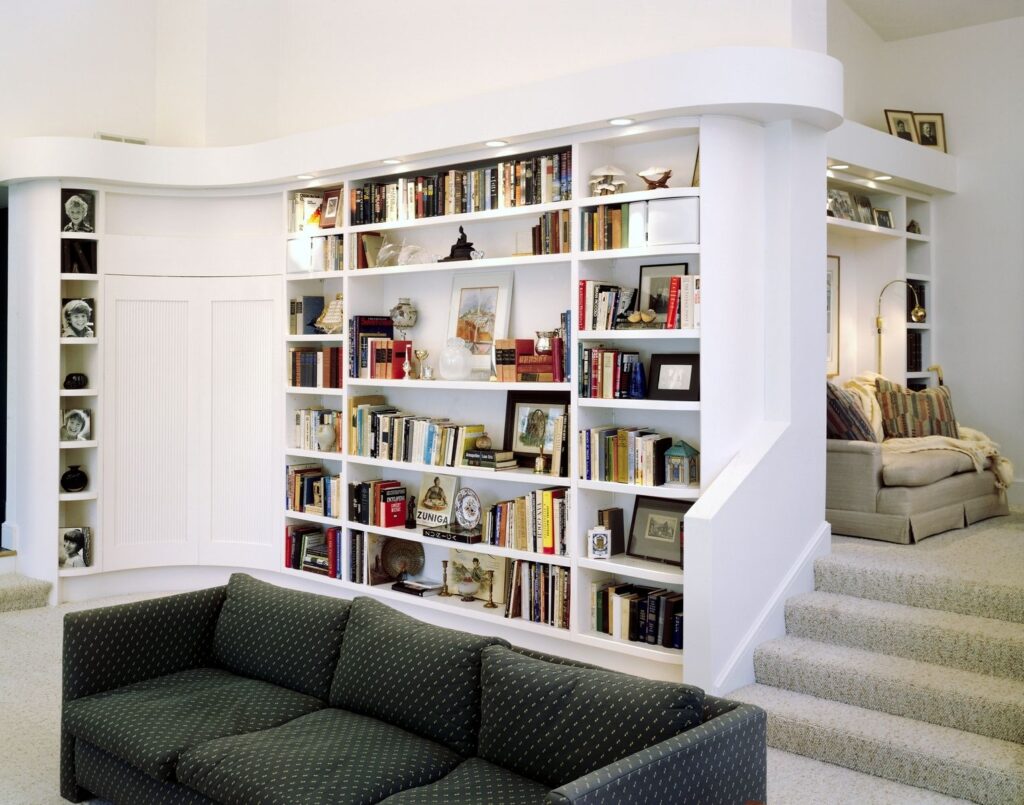
5. Finishing:
This step involves adding the chosen finish, such as paint, stain, or veneer. Sanding is often required for a smooth surface before applying the finish. Multiple coats may be necessary for optimal coverage and durability.
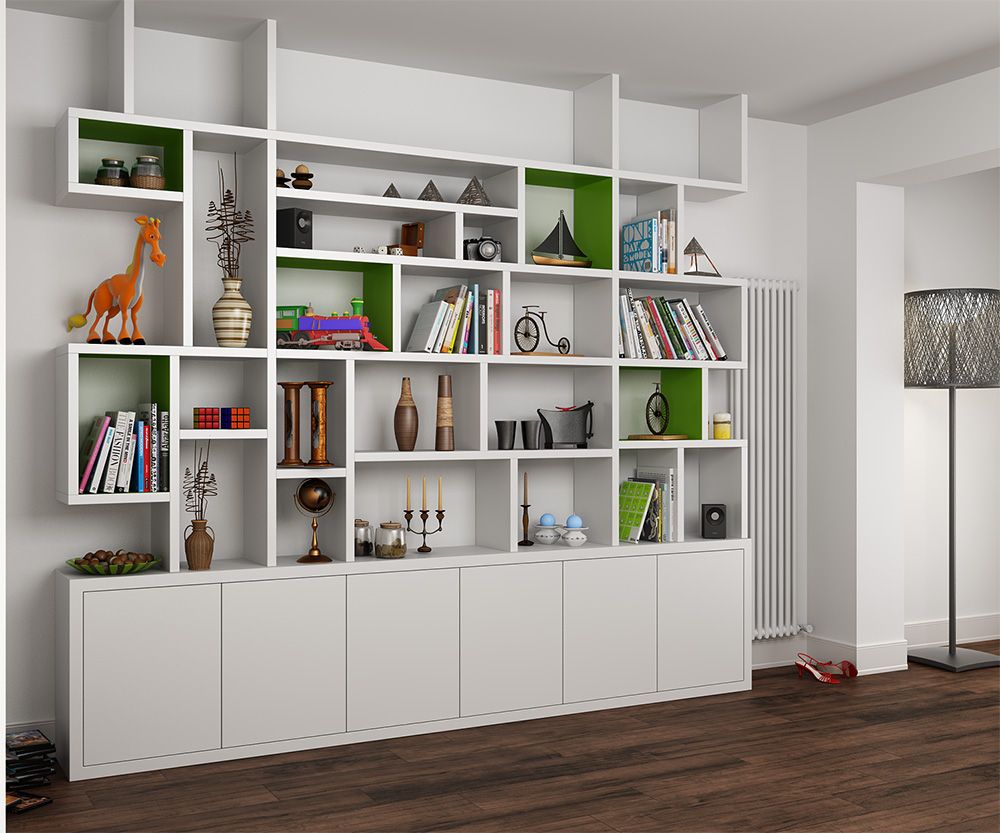
6. Lighting Installation (if applicable):
Wire and install the lighting system according to the manufacturer’s instructions. Ensure all wiring is properly concealed and meets electrical safety standards. Professional electrical work is recommended for this step.
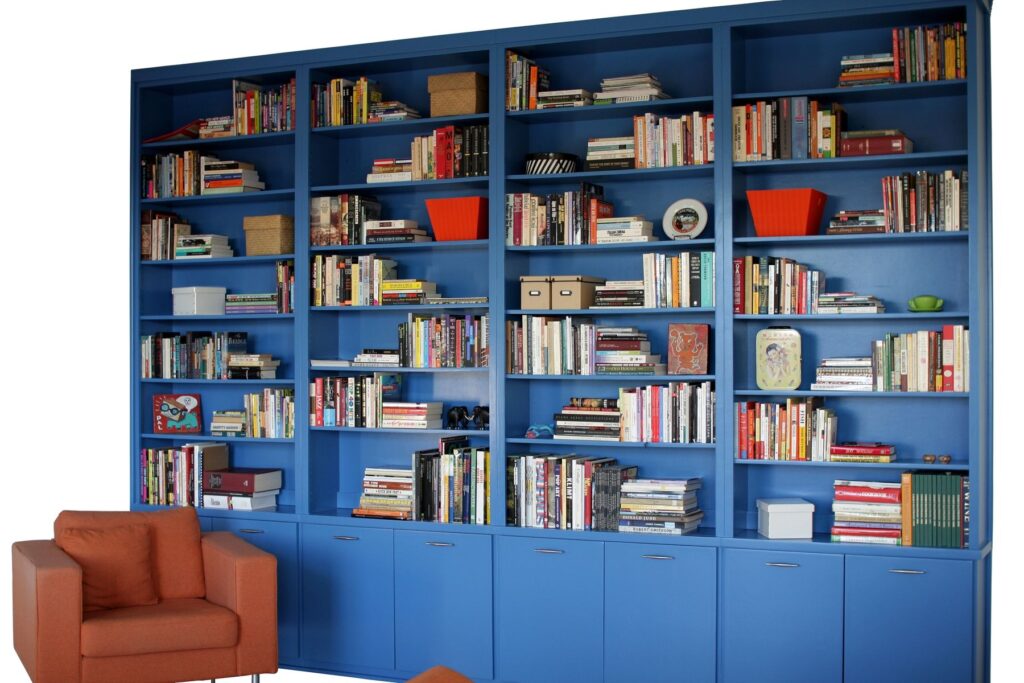
Customization Options for Built-In Bookcases
Built-in bookcases offer unparalleled customization opportunities. Explore these options to create a truly unique piece:
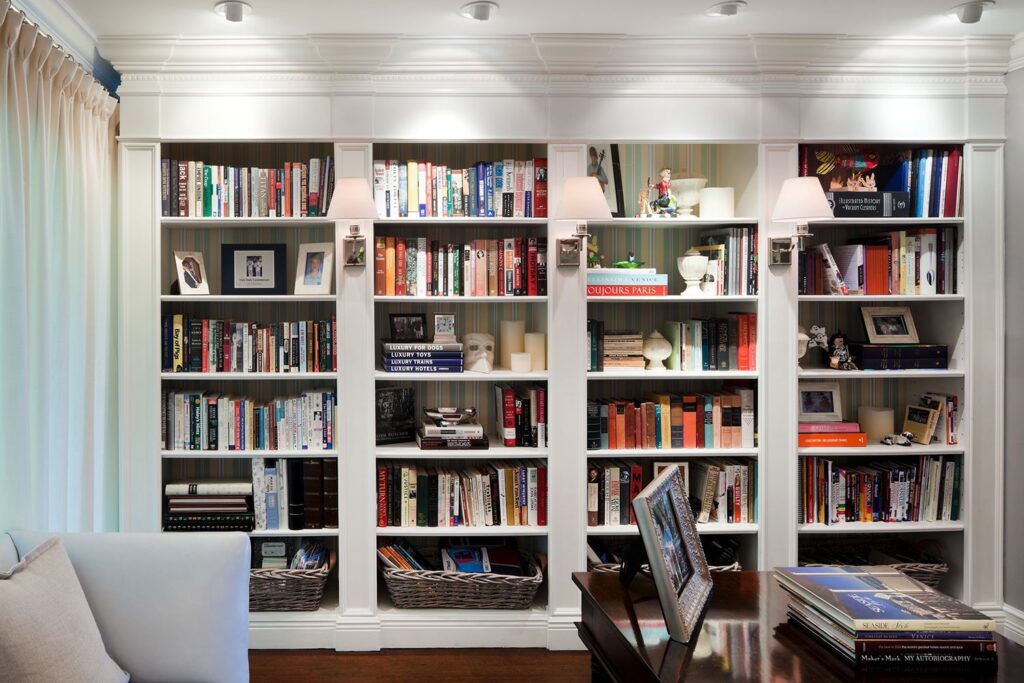
- Unique Shelf Configurations: Vary shelf depths and heights to accommodate different item sizes. Create recessed areas for specific items, like a media console.
- Incorporating Drawers and Cabinets: Add drawers for storing smaller items or cabinets for concealed storage.
- Hidden Compartments: Create secret compartments for valuable items or to maintain a clean, uncluttered appearance.
- Built-in Seating: Incorporate a comfortable seat or bench into the design for a functional and visually appealing feature.
- Integrated Lighting: Use LED strip lighting or recessed lighting to highlight books and decorative items.
- Custom Finishes: Choose from a wide variety of wood finishes, paint colors, or even wallpaper to match your decor.
- Mixed Materials: Combine different materials, like wood and metal, for a unique and modern look.
Choosing a Contractor or DIY Approach
Building built-in bookcases is a complex task. While experienced DIYers can handle the project, it’s generally recommended to hire a qualified contractor, especially for intricate designs or large-scale projects. A professional will ensure proper measurements, structural integrity, and a high-quality finish.

Maintaining Your Built-In Bookcases
Regular maintenance will keep your built-in bookcases looking their best for years to come. Dust shelves regularly, using a soft cloth or duster. For wood bookcases, consider using wood polish or conditioner periodically to maintain the finish. Address any minor damage promptly to prevent further deterioration.
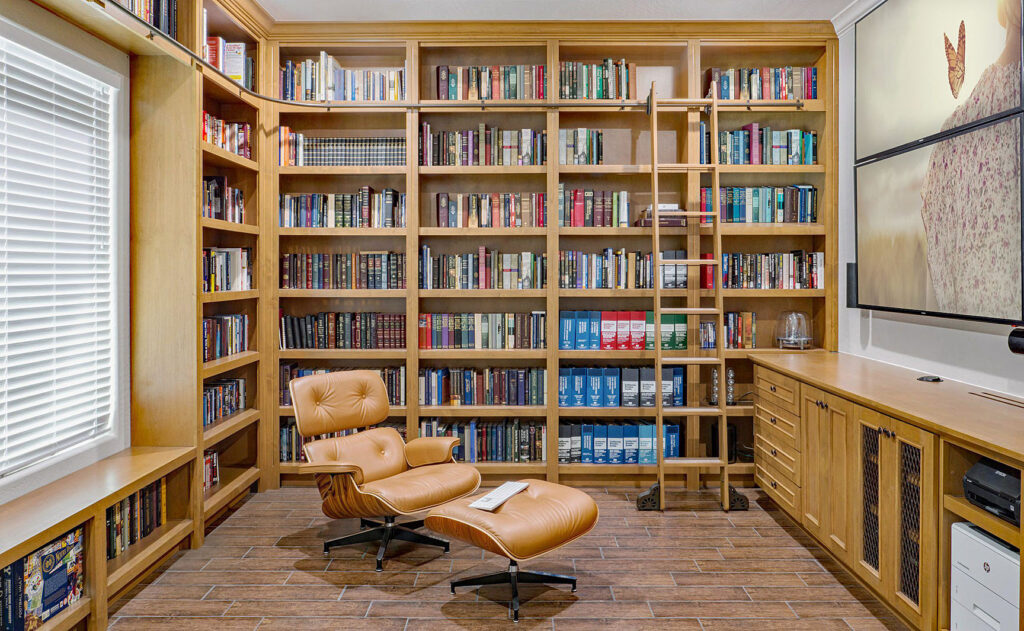
Conclusion
Built-in bookcases are a valuable addition to any home, offering both functionality and aesthetic appeal. With careful planning, attention to detail, and the right expertise, you can create a stunning focal point that enhances your living space for years to come. Remember to prioritize safety, utilize quality materials, and consider the long-term maintenance required to preserve your investment.
